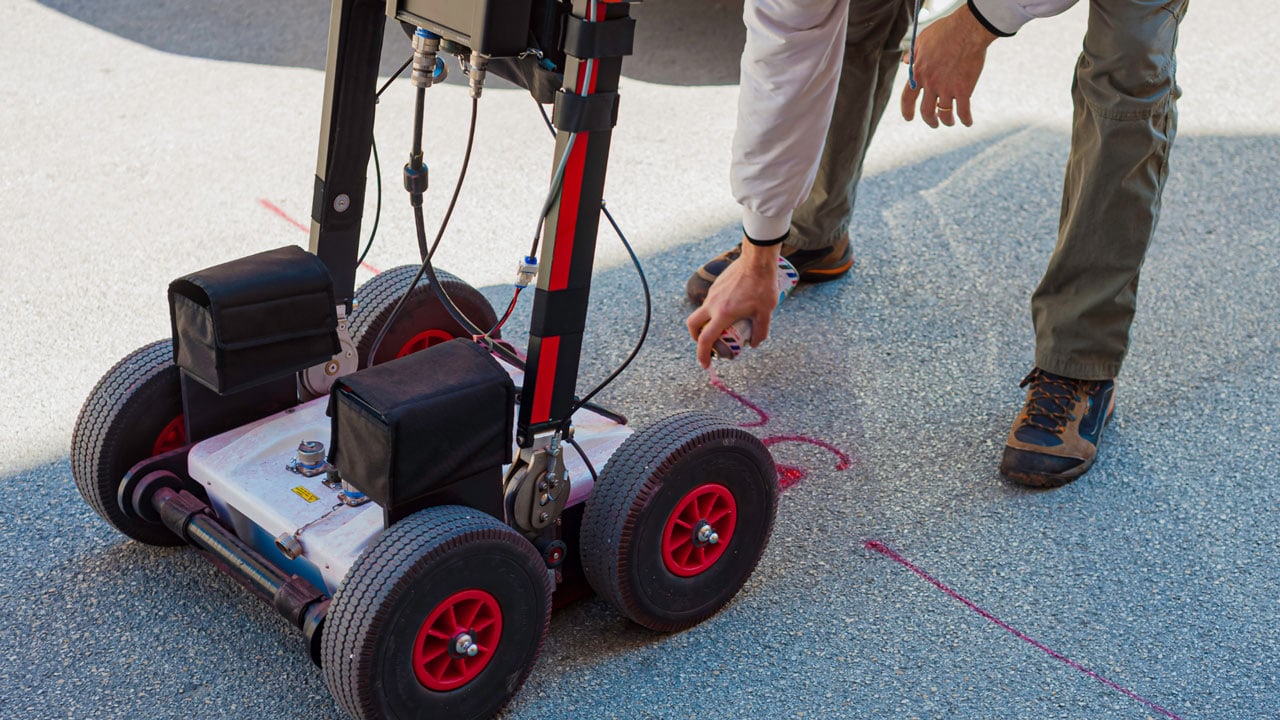The Evolution of Technology: From Past to Present
The evolution of technology: from past to present is a fascinating journey that reflects humanity’s insatiable curiosity and drive for innovation. Over the centuries, technology has transformed from rudimentary tools to sophisticated systems that shape every aspect of our lives. This article delves into how technology has evolved over the years, tracing its progress from the ancient world to the digital age.
Historical Developments in Technology
The story of historical developments in technology begins with early human inventions. The wheel, developed around 3500 BC, marked a pivotal moment in technology’s evolution, revolutionizing transportation and industry. Similarly, the invention of writing systems in ancient Mesopotamia around 3000 BC laid the foundation for record-keeping and communication. These early technologies, though primitive by today’s standards, set the stage for the technological advancements that followed.
The Middle Ages saw significant strides with innovations such as the mechanical clock and the windmill. These inventions improved agricultural productivity and timekeeping, contributing to the growth of economies and societies. The Renaissance period further accelerated technological progress, with figures like Leonardo da Vinci conceptualizing machines and devices that would later inspire actual innovations.
The Industrial Revolution in the 18th and 19th centuries was a period of unprecedented technological advancement. Tracking the progress of technology over time reveals how steam engines, spinning jennies, and mechanized looms transformed industries and daily life. The advent of electricity in the late 19th century, with pioneers like Thomas Edison and Nikola Tesla, opened new possibilities for communication, lighting, and power distribution.
How Technology Has Evolved Over the Years
How technology has evolved over the years can be seen through the lens of the 20th and 21st centuries, which have been characterized by rapid technological leaps. The early 20th century introduced the automobile and the airplane, revolutionizing transportation and connectivity. The invention of the telephone by Alexander Graham Bell and the subsequent development of the internet by researchers in the latter half of the century transformed global communication.
The digital revolution, beginning in the mid-20th century, marked a new era in the evolution of technology: from past to present. The development of computers, followed by the creation of the World Wide Web by Tim Berners-Lee in the 1990s, changed the way we access information and interact with one another. Personal computers, smartphones, and social media platforms have become integral to modern life, demonstrating how technology has become increasingly personal and ubiquitous.
Advancements in computing power, driven by Moore’s Law, have enabled the creation of more powerful and compact devices. The rise of artificial intelligence (AI) and machine learning has further expanded the horizons of technological capabilities, leading to innovations such as self-driving cars, voice assistants, and advanced data analytics.
Tracking the Progress of Technology Over Time
Tracking the progress of technology over time offers insight into the dynamic nature of technological development. The progression from analog to digital technologies exemplifies this transformation. Early computing machines, like the ENIAC, were massive and limited in capability compared to today’s sleek, high-performance smartphones and tablets.
The evolution of communication technology also illustrates this progression. From the telegraph and radio to television and the internet, each innovation has dramatically improved the speed and accessibility of information dissemination. The rise of mobile technology, with its emphasis on connectivity and convenience, further underscores how technology adapts to meet evolving societal needs.
The Future of Technological Evolution
Looking forward, the evolution of technology: from past to present suggests that future advancements will continue to push the boundaries of possibility. Emerging technologies such as quantum computing, biotechnology, and space exploration hold the potential to revolutionize various fields, from medicine to energy production.
The integration of technology with everyday life will likely deepen, with smart homes, wearable tech, and augmented reality becoming increasingly prevalent. As technology continues to evolve, it will inevitably shape and reshape the ways in which we live, work, and interact with the world around us.
Conclusion
In conclusion, the journey of how technology has evolved over the years is a testament to human ingenuity and the relentless pursuit of progress. From the earliest tools to the latest digital innovations, technology has transformed every facet of human existence. Understanding historical developments in technology and tracking the progress of technology over time helps us appreciate the remarkable advancements that have brought us to the present and offers a glimpse into the exciting possibilities that lie ahead. As we continue to forge new technological paths, the future promises even greater advancements that will further redefine our world.



